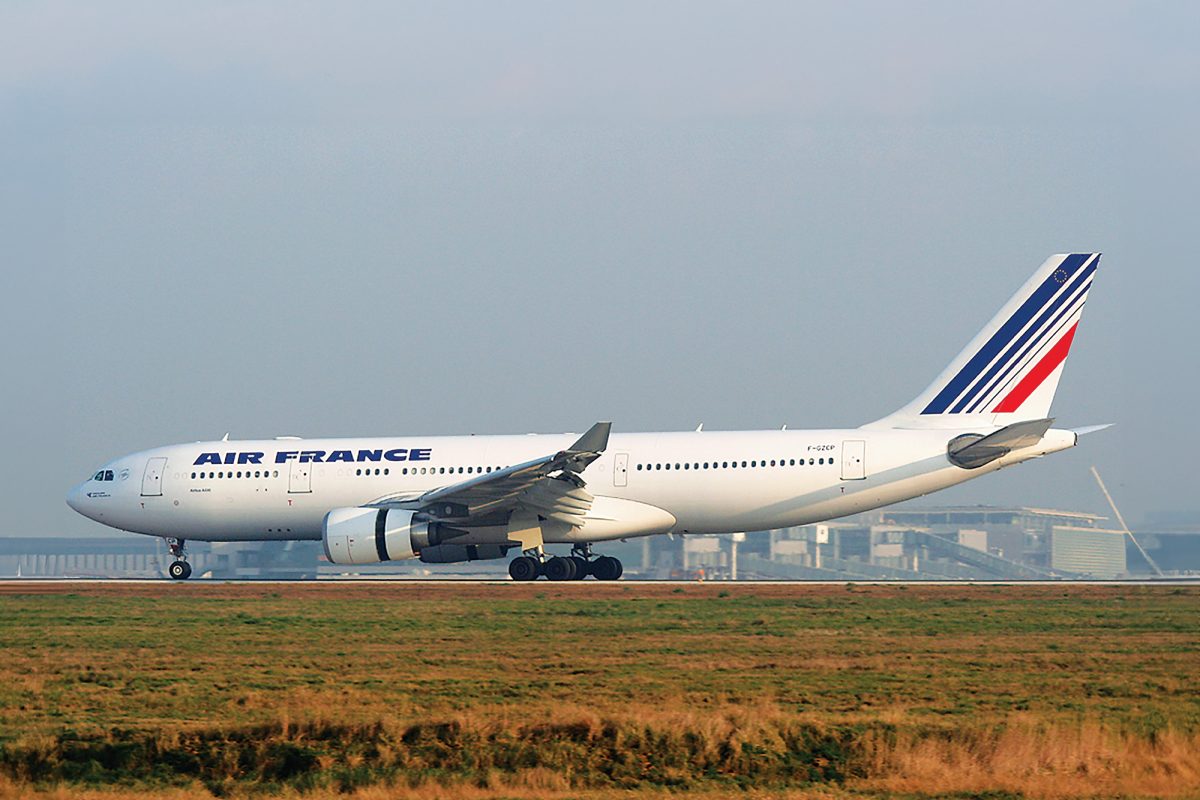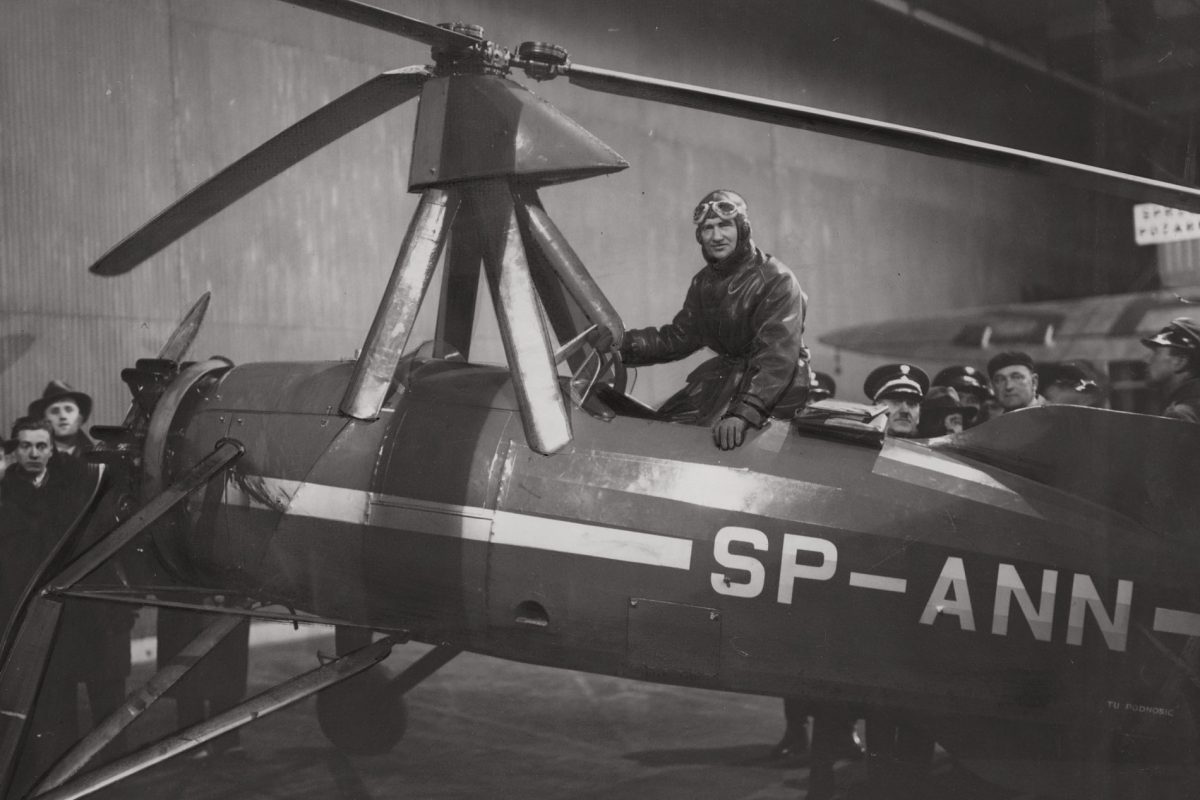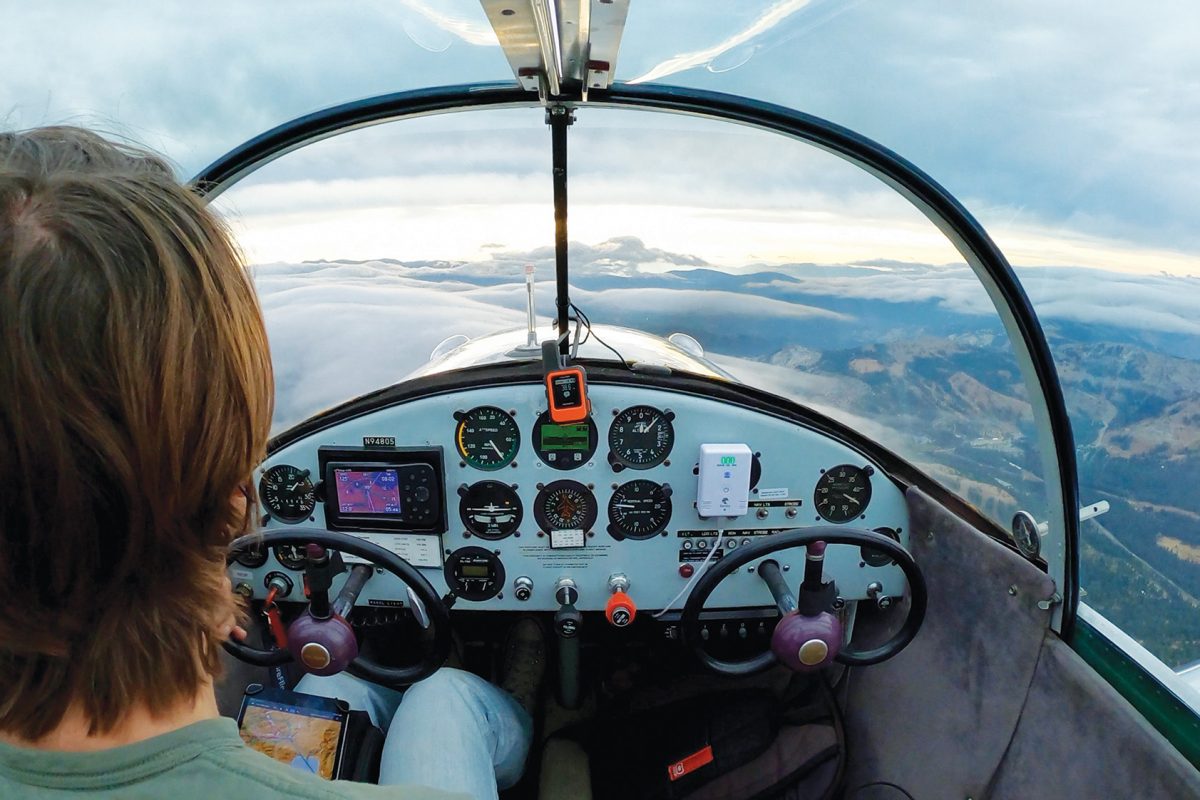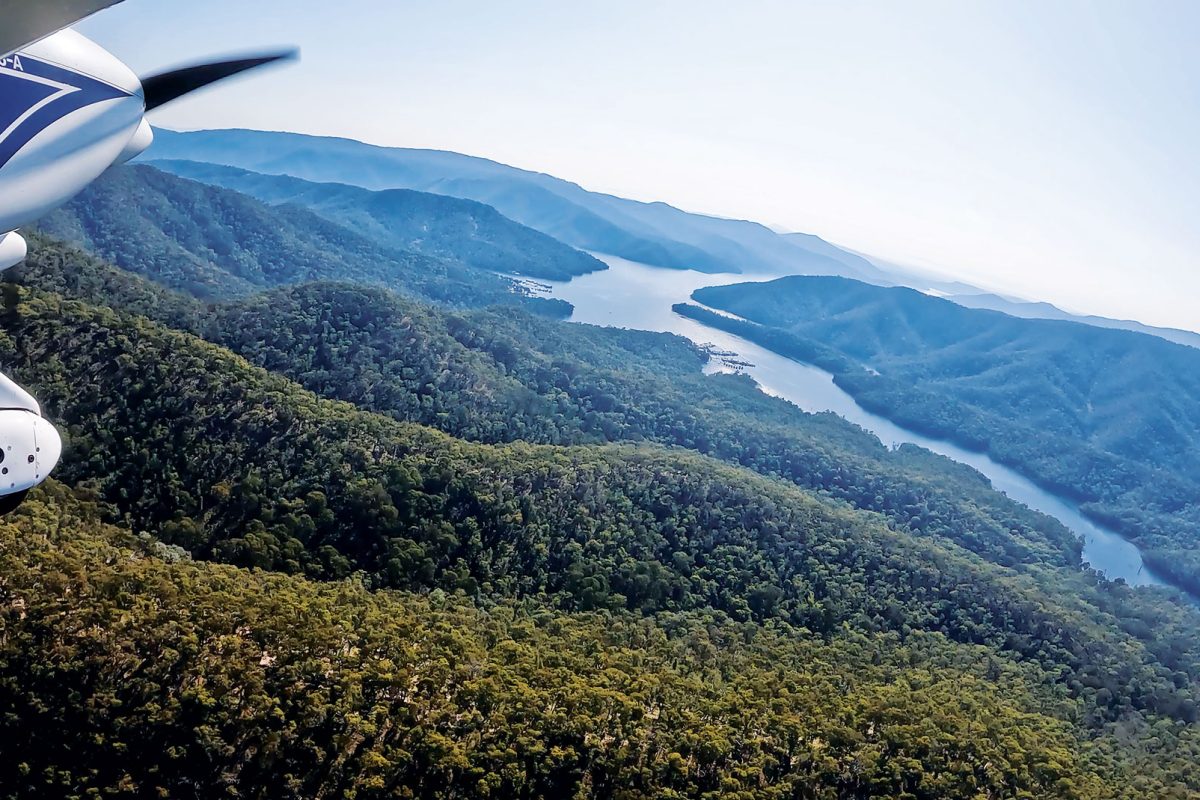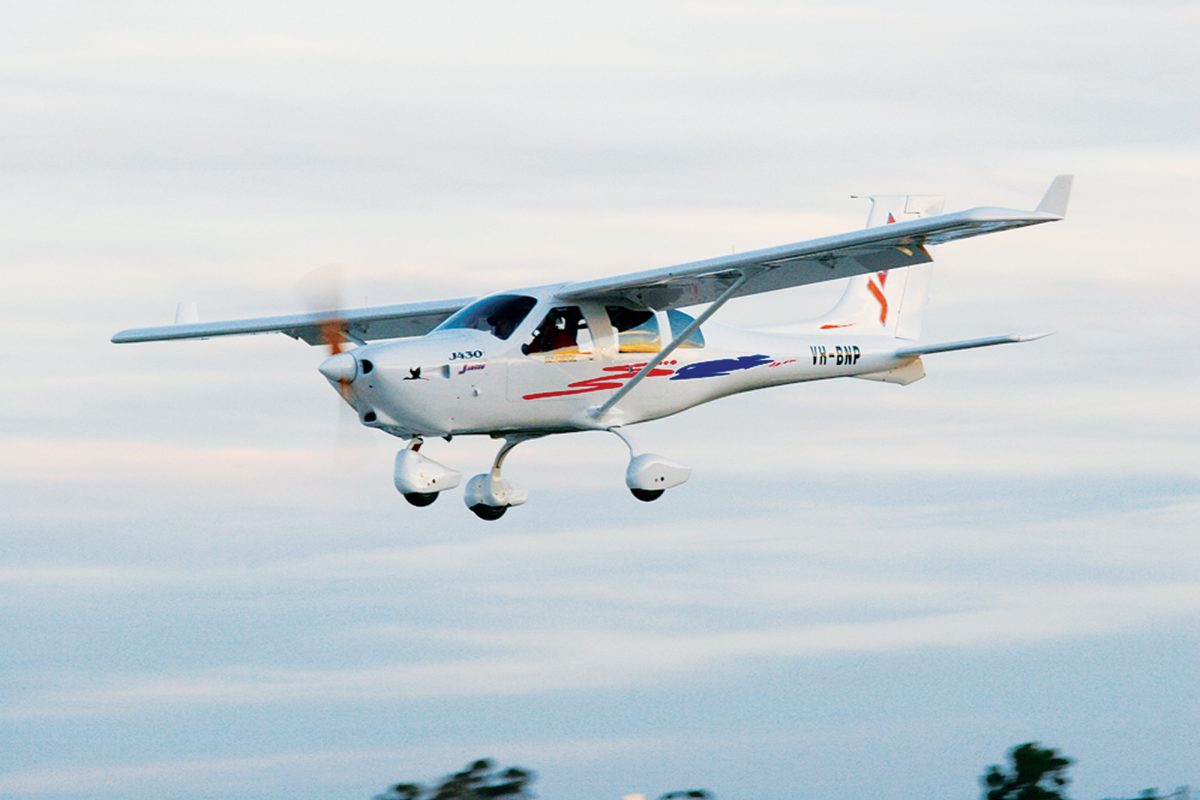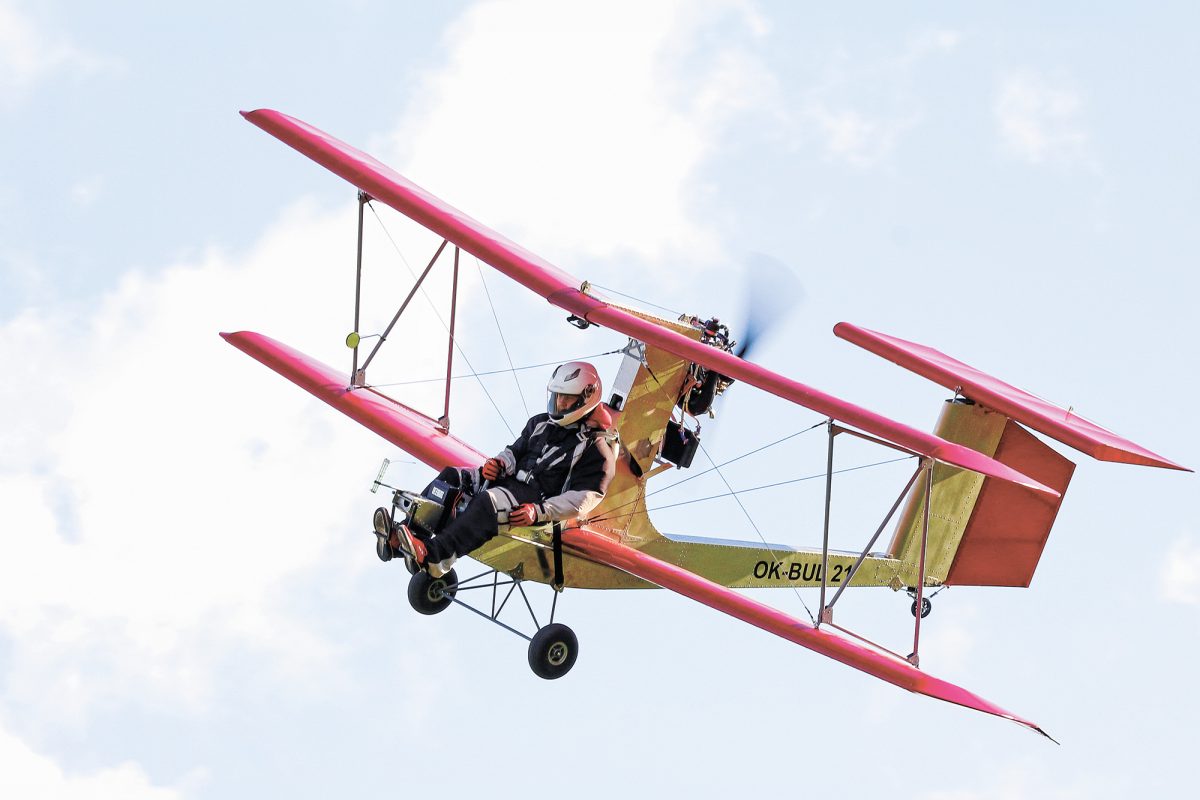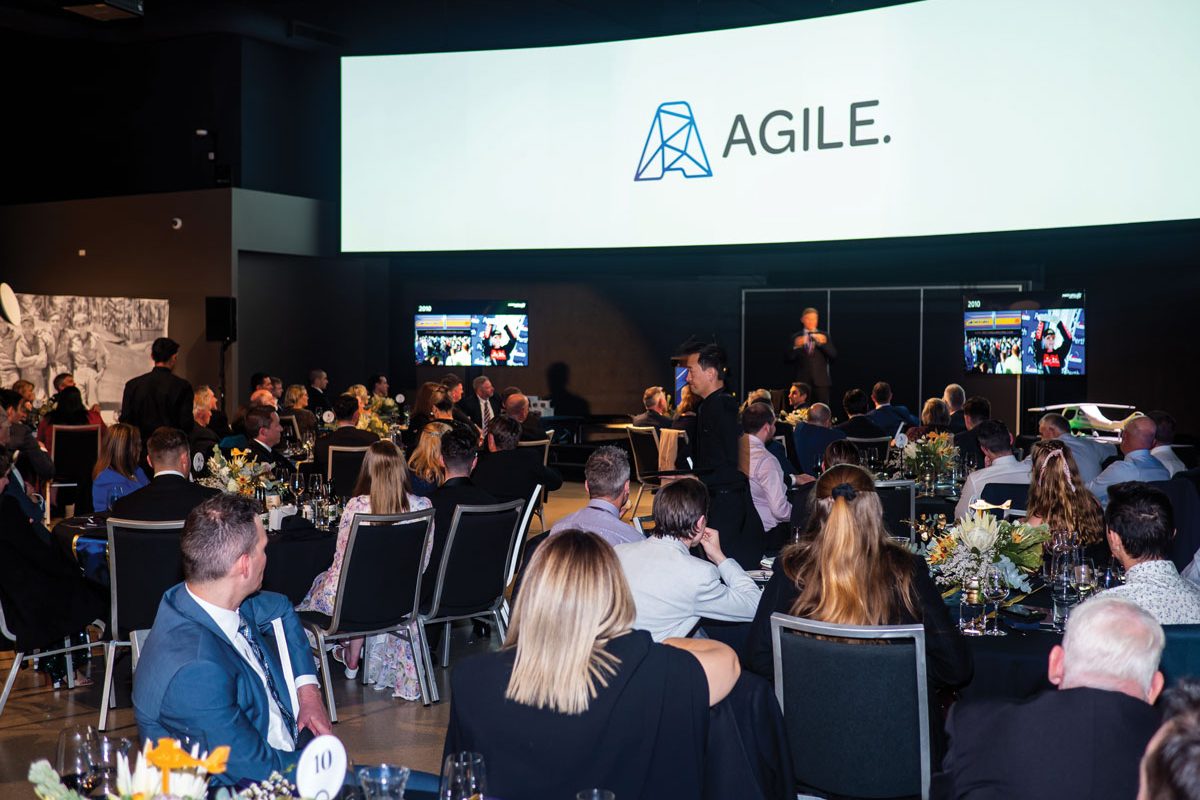Australia is famous for several inventions: the Hills Hoist, the rotary mower and the ute, to name a few.
Of these, the ute has become an icon.

According to legend, the ute was invented to drive to church on Sunday and market on Monday, filling a necessary niche in Australia with success continuing to this day. So what about an airborne ute? What about an aircraft you could put two people in the front and load the back up with gear?
RAAus aircraft can give you the two seats, but the 600kg MTOW limit has always put a firm cap on a carrying capacity — until now. The new ‘Group G’ category will allow up to 760kg. In the previous edition of SportPilot we talked about some existing aircraft that might sit in that category, and we set out to find the Aussie airborne ute.
The Jabiru J230/J430 looks like it might fit the bill. It’s Australian-designed and made. Even the engine — more on that later. It has an empty weight (depending on spec) of around 370kg and — in kit form — an MTOW of 760kg. That makes for a massive useable load of 390kg. That’s right, the aircraft can carry more than its own weight. With 135 litres of fuel and two 80kg adults on board, that gives you just over 130kg of carrying capacity left over. Even if you ticked all the options and had some bigger crew on board, you’re going to have a very healthy 100kg carrying capacity.
Go the other way, with just an 80kg pilot on board and fuel for a two hour mission and that capacity means you can have a theoretical 250kg to play with. That’s a quarter of a tonne! Because the aircraft was originally designed as a 4-seater, you can really use that room and stay within the centre of gravity limitations. The large rear door – again designed for passengers – means you have ready access to the space and can accommodate large bulky items. It looks like we have found a candidate for our ute category!
The Jabiru J230/J430 are two versions of the same airframe. The J230-D (2 standing for 2 seats, D meaning it was updated from the previous model, C) is available as a factory-produced aircraft rated to 600kg MTOW for the RAAus category. The kit-built version of the J230-D is rated to 760kg for registration as experimental in VH. The J430-D (4-seater) is available as a kit only, rated at 760kg’s.
To qualify for the new ‘Group G’ 760kg rating, you will need either a kit built J230-D or a kit built J430 with the rear seats removed. It equates to the same thing – but you can’t, for example, take a factory built J230-D and upgrade its MTOW from 600kg to 760kg.
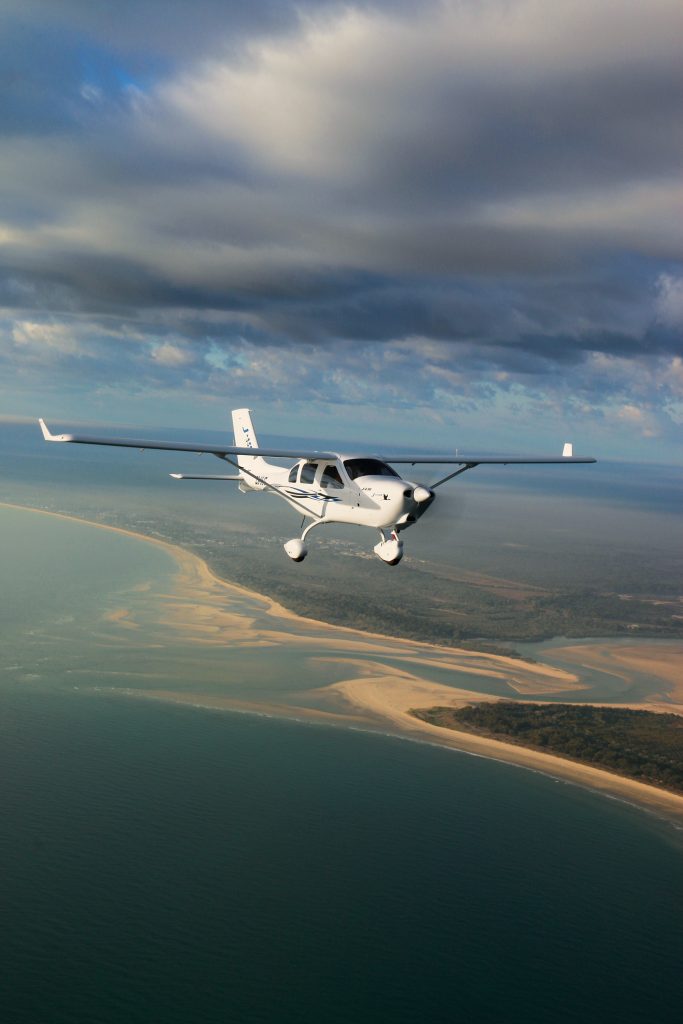
Confused? Yes, so are we. Nothing is easy about aircraft regulations.
So, what’s it like to fly? The Jabiru engine has a lot more in common with the Lycoming and Continental type engines than a Rotax. It’s a large capacity, low-revving engine. It typically operates at around 2,800rpm. That pushes through Jabiru’s new composite propellor. This propeller has the advantage over Jabiru’s previous propeller, in that it can be adjusted for pitch. Jabiru have always done things their own way.
Older Jabs had a throttle below the seat, so you reached down between your legs for it. Actually, it worked just fine, but convention called for a firewall mounted throttle and Jabiru complied. Because of the centre, shared joystick — in a Y-configuration — the throttles are outboard on each side. Again, it works. The dash now can be optioned-up from a single 7-inch Dynon up to a twin screen, twin radio, ADS-B in and out plus dual-axis Dynon autopilot. Subtle changes to the instrument panel and the centre console mean you have a bit more leg-room than in earlier models.
In the air, the Jabiru is known for its control harmony. Each control feels weighted about the same. Responsiveness is good, but not twitchy — good news for new pilots. Handling is benign. At the stall, the aircraft simply wants to drop its nose. There’s no sudden break. Controls offer good response right down through the speed range. That’s important on landing – as is the 14 knot crosswind handling. Unusually, the aircraft doesn’t tend to yaw much. So, an aileron-only turn won’t result in much yaw. It’s even happy doing rudder-only turns. Not just skids, but banked turns.
In cruise, you will be looking at 120 knots at a 25-27 litres per hour fuel burn. That gives you a bit over 4 hours endurance with reserve. Say 500 nautical miles. That makes the Jabiru J230/J430 a serious touring prospect. With a take-off roll under 250m and a lot less than that for landing, the aircraft has serious bushplane claims. On the ground there is a steerable nosewheel and handling is easy.
The Jabiru engine has copped a lot of stick in recent years. At Jabiru they know they’ve had issues. Painfully aware, is what I would call it. The Gen 2 engines had through-bolt issues that were exacerbated by vibration. As soon as it was realised what the issue was, there were bulletins to address the issue and the Gen 3 engine has thicker through-bolts and a better balance shaft to reduce the issue causing vibration.
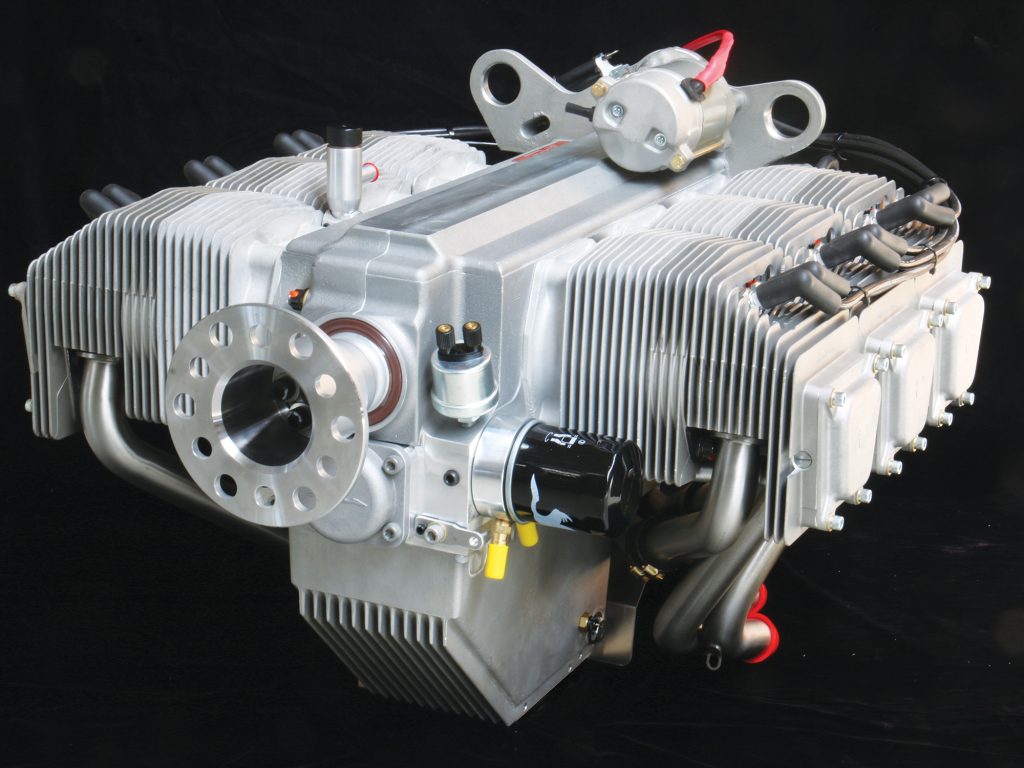
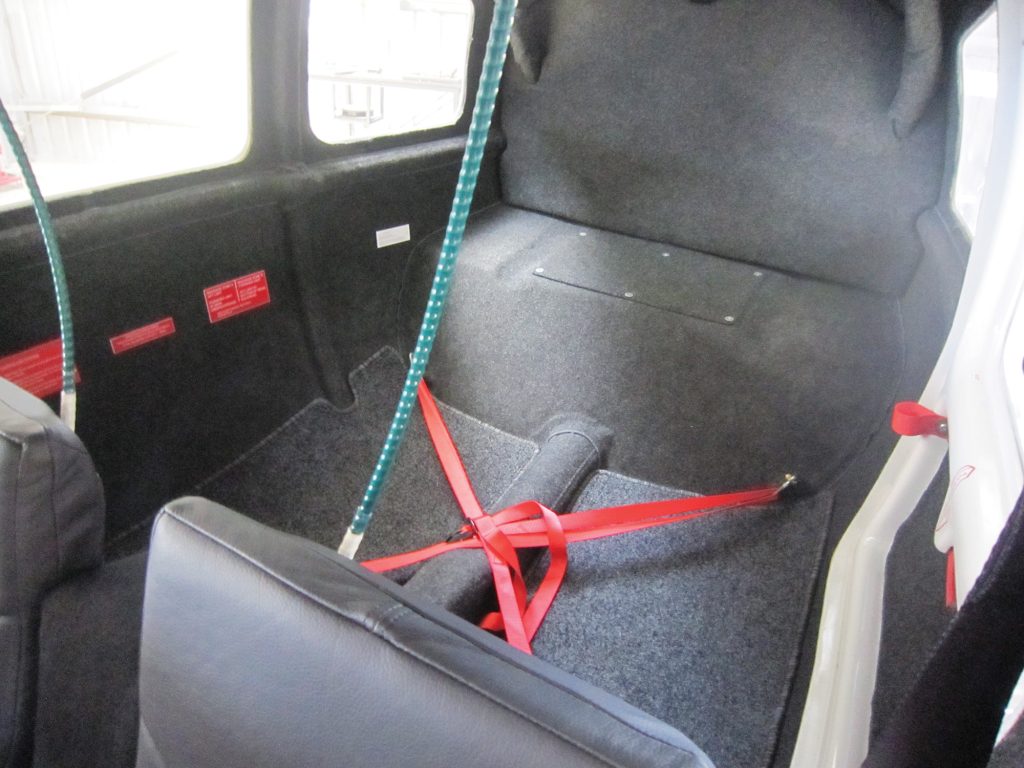
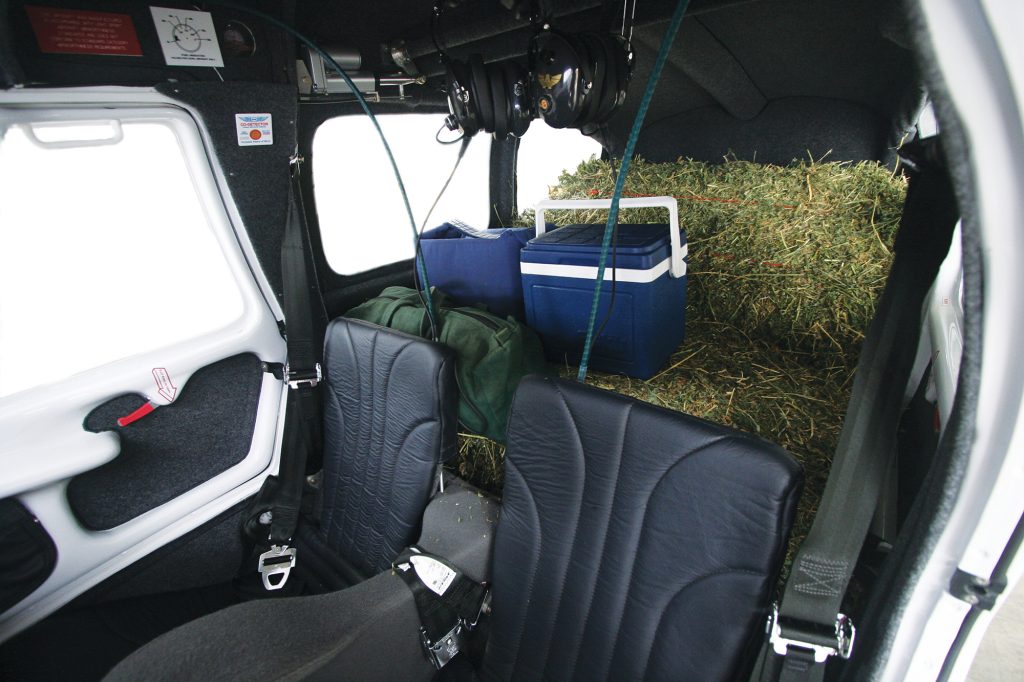
Similarly, issues with carbon build up around valves and overheating have been addressed with higher rated springs. But by then the damage to the engine’s reputation was done. It didn’t help that any Jabiru issue, from lack of maintenance, to running out of fuel, to hard landing, was now attributed to the engine. When the current Gen 4 engine arrived, the new heads removed the need for such through-bolts.
The switch from steel barrels to silicon carbide/nickel matrix coated aluminium barrels and heads provide much better heat dissipation and as an added bonus, remove the issue of potential rust build in engines left standing for long periods – which is typical of recreational aircraft which may only fly 20 hours a year.
All of these works must have had the desired effect, because there’s now a two year waiting list for the Jabiru engine. That’s not being helped by Covid related supply chain issues either. Jabiru are ramping up production to try and reduce that lead time.
If you’re keen, a kit with a 3300 engine and the standard instrument package will set you back a bit over $120,000. A trawl through the options list might see that grow to $150,000 with everything ticked. That’s still very affordable for a fast, capable two-seater with a full digital dash fit out. The kit looks a lot like an oversized Airfix model, all the major bits are there.
The body shell and wings are complete. Your job is mostly fitting and rigging, which will take something like 600 hours. Not counting tea breaks or looking for your lost 10mm socket. What you will have at the end of the process is an all-Australian, cross country capable aircraft capable of lifting its own weight in usable load. That sounds a lot like a ute to us.

